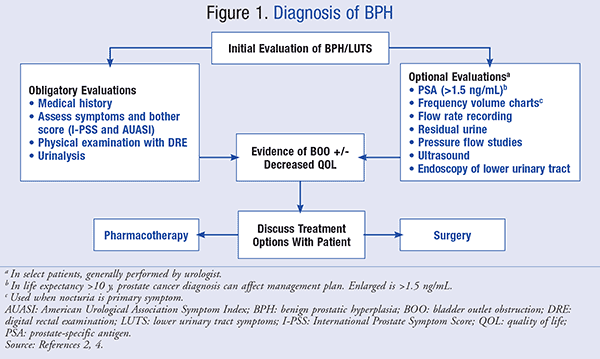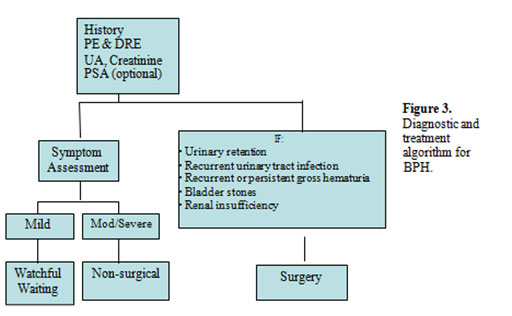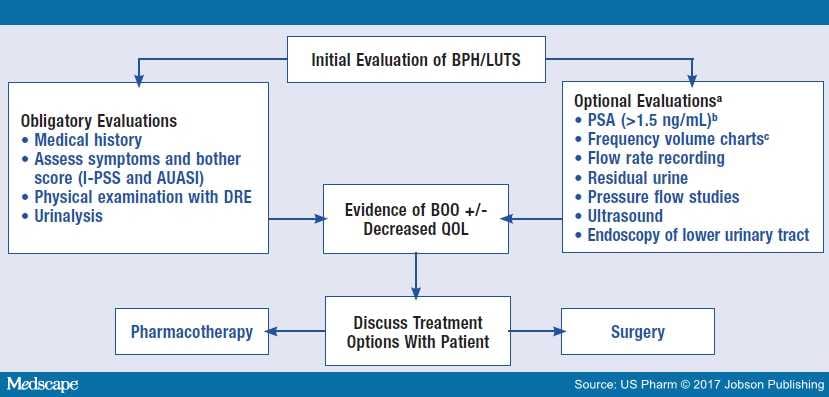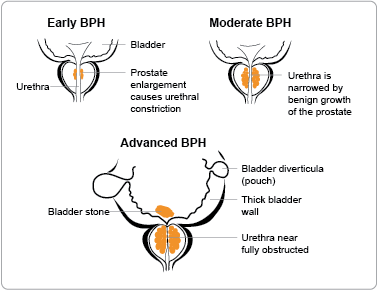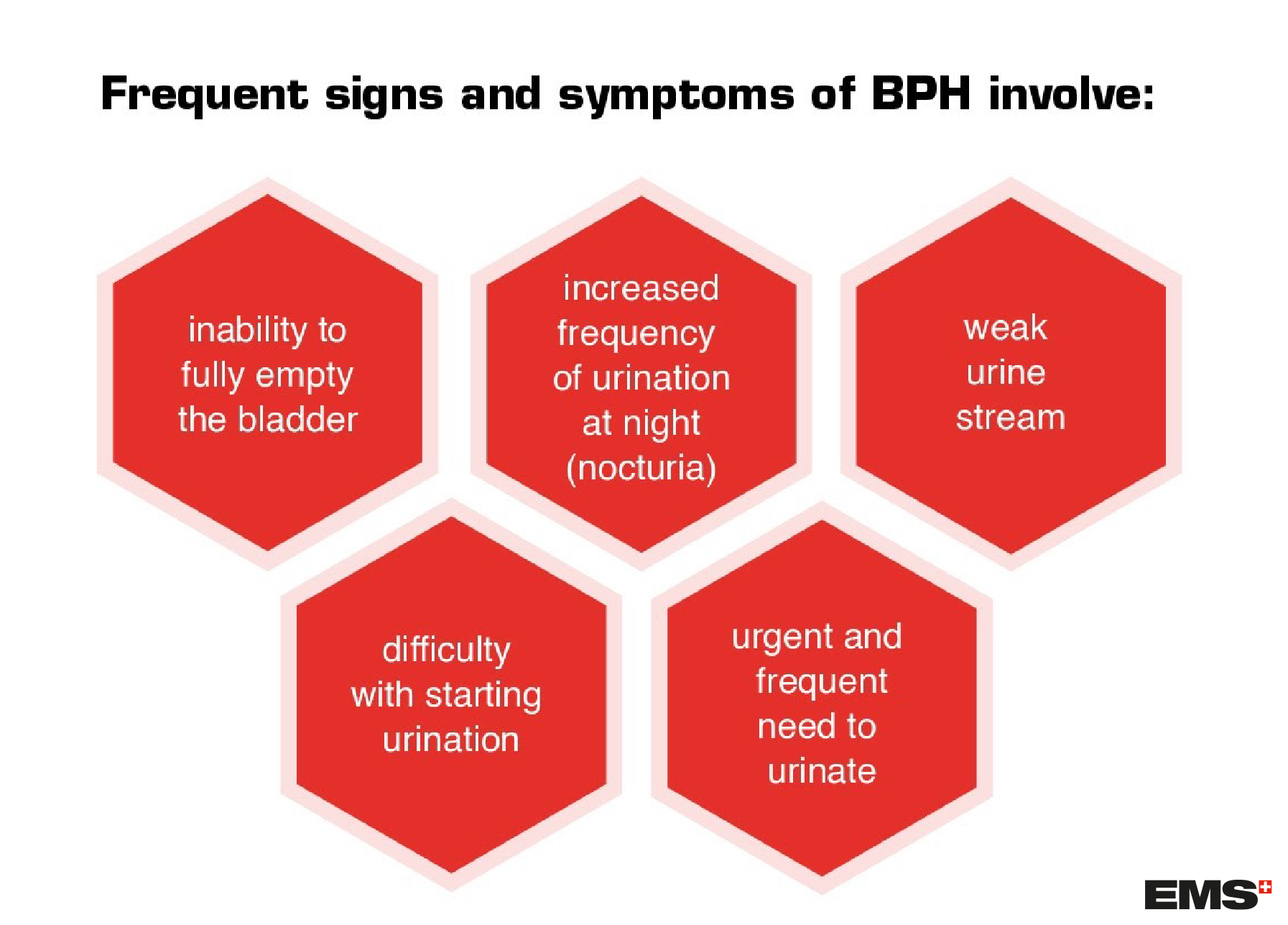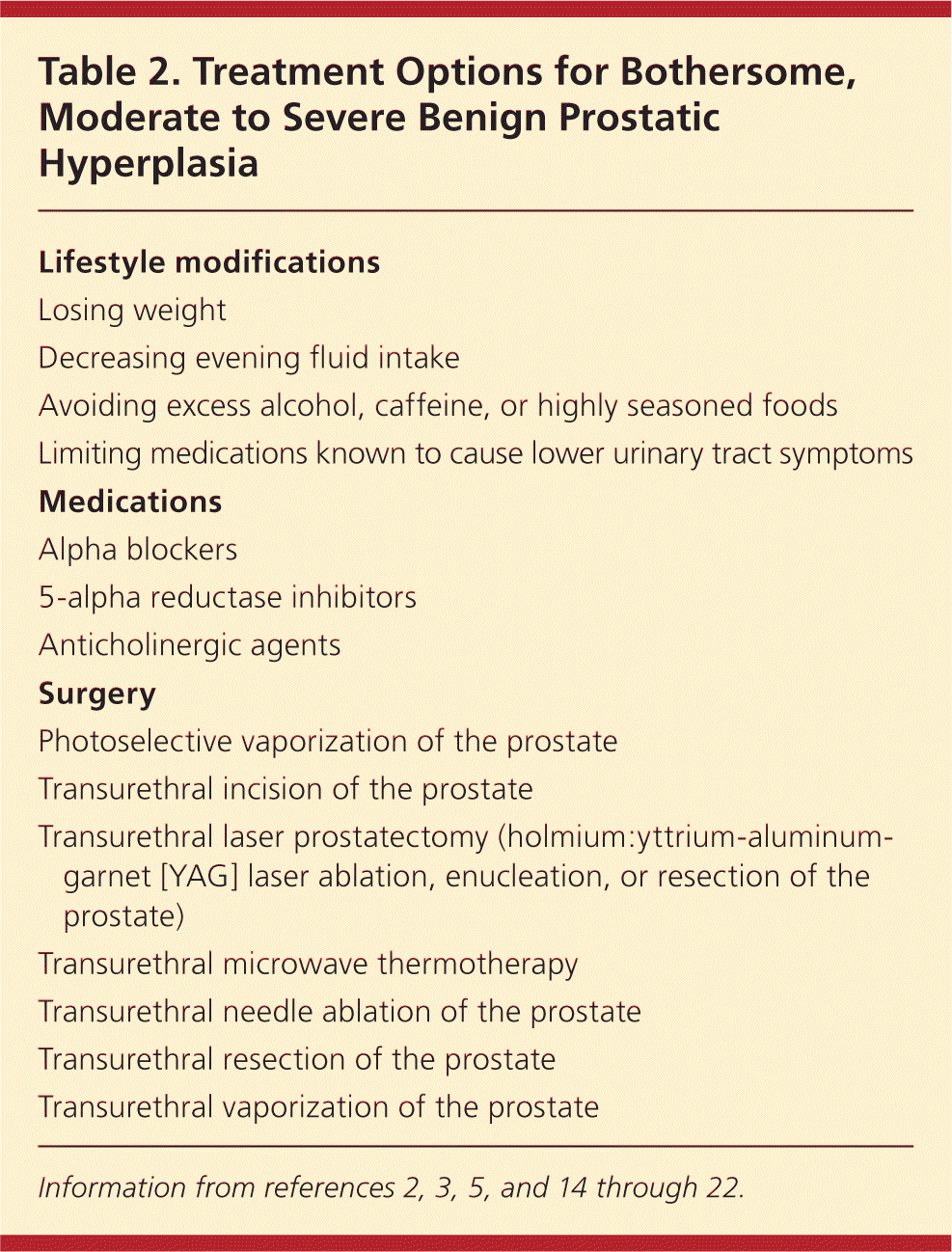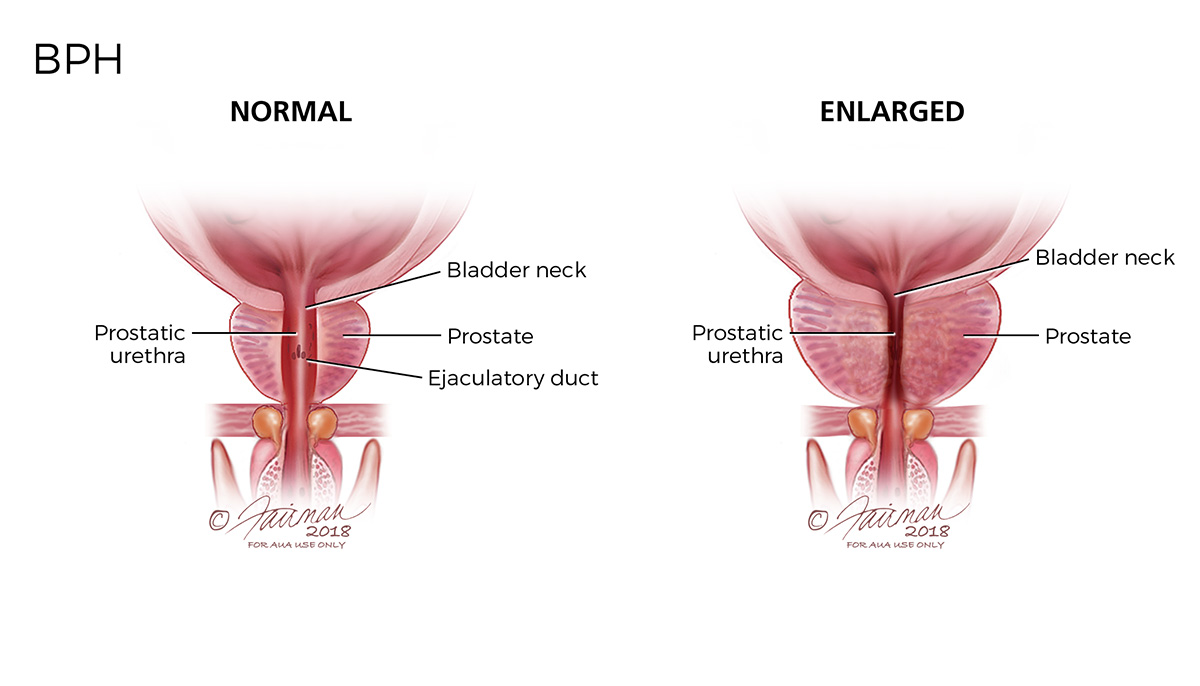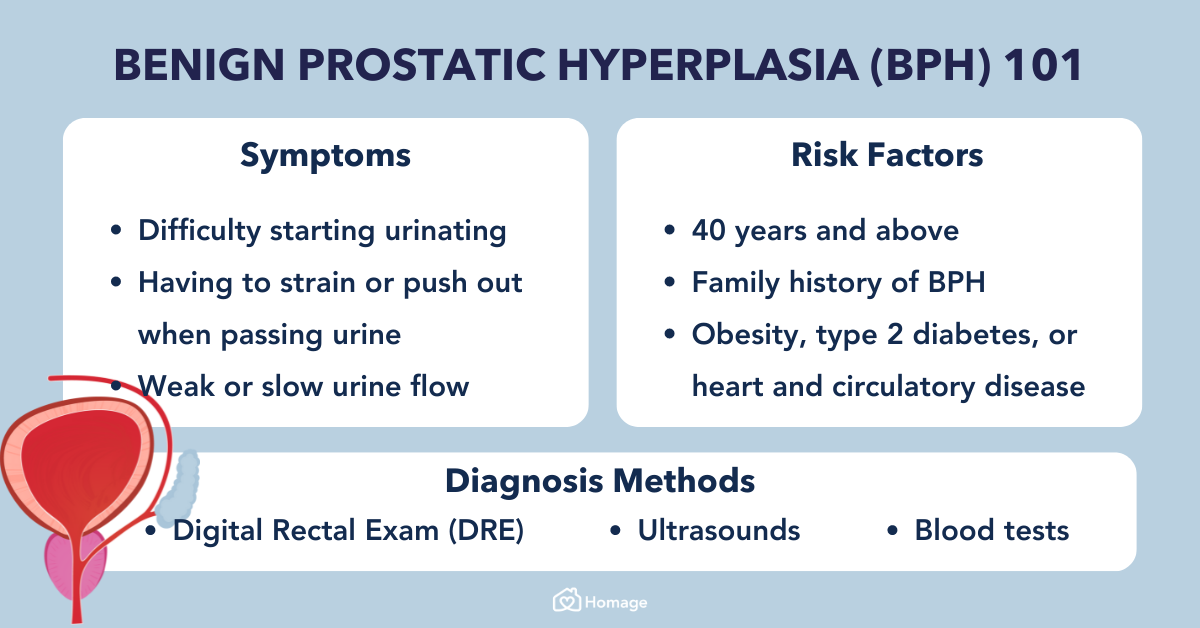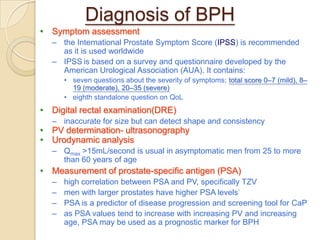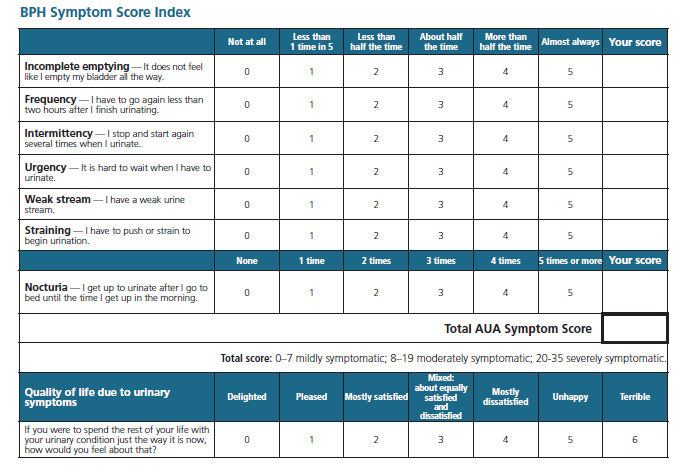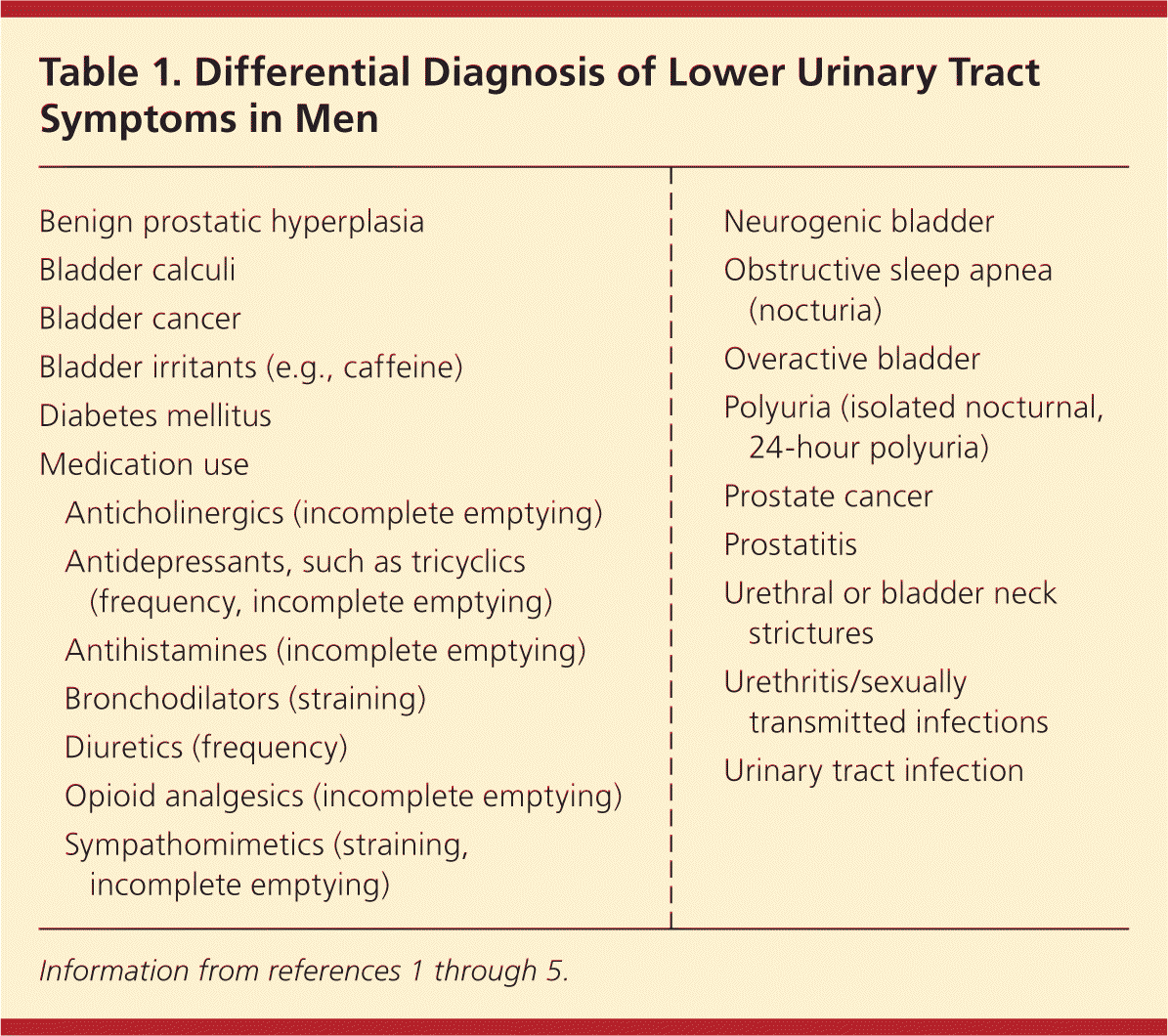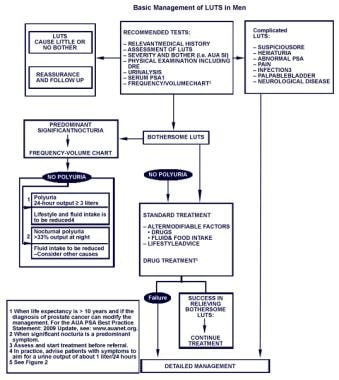Awesome Tips About How To Diagnose Bph
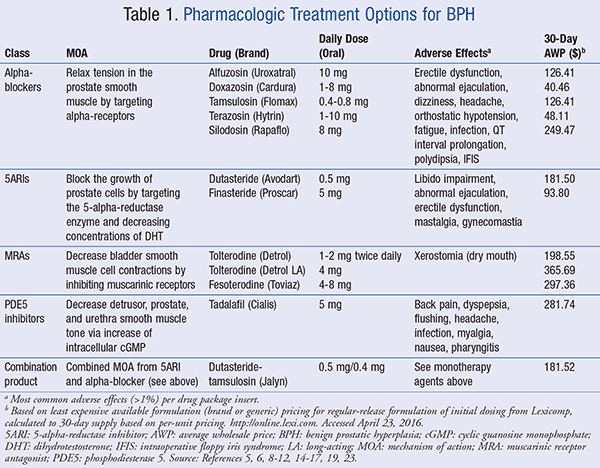
Tests vary from patient to patient, but the following are the most common:
How to diagnose bph. For this, you'll pee into a cup. How is a digital rectal exam (dre) performed? A biopsy is the main tool for diagnosing prostate cancer, but a doctor can use other tools to help make sure the biopsy is made in the right place.
With a urine sample, the laboratory can test for infections or. Your physician will insert a gloved finger into the rectum in order to assess the size and condition of the prostate gland. When the prostate is enlarged, it causes a variety of.
If you are having trouble urinating, are bothered by a weak or intermittent urinary flow, and you are a man over age 50, you could have benign prostatic hyperplasia (bph), or an. Bph may also be complicated by recurrent urinary tract infections (utis) 3 or bladder stones. One of our specialists will perform initial tests to diagnose an enlarged prostate.
Enlarged prostate is most commonly referred to as bph (benign prostatic hyperplasia). These findings have demonstrated consistency in twin studies looking at the disease severity of bph, with higher rates of luts seen in monozygotic twins. These tests can look for other causes of bph symptoms, such as a urinary tract infection, a bladder problem, or prostate cancer.
Effective, energetic treatment for enlarged prostate. Diagnosing bph may require a series of medical exams and tests. Enlarged prostate, also called benign prostatic hyperplasia (bph), is a common condition as men get older.
A health care provider diagnoses benign prostatic hyperplasia based on, a personal and family medical history, a physical exam, medical tests, personal and family medical history, taking a. When a doctor evaluates someone for possible bph, the evaluation will typically consist of a thorough medical history, a physical examination (including a digital rectal exam or dre), and. 4 it is estimated that one half of all men with histologic bph experience moderate to severe lower.
